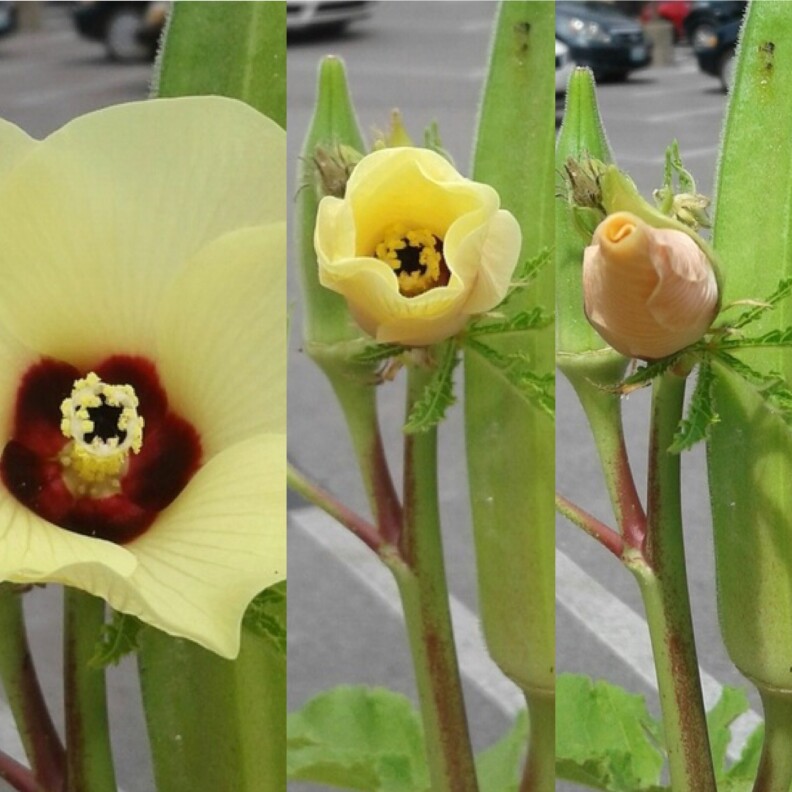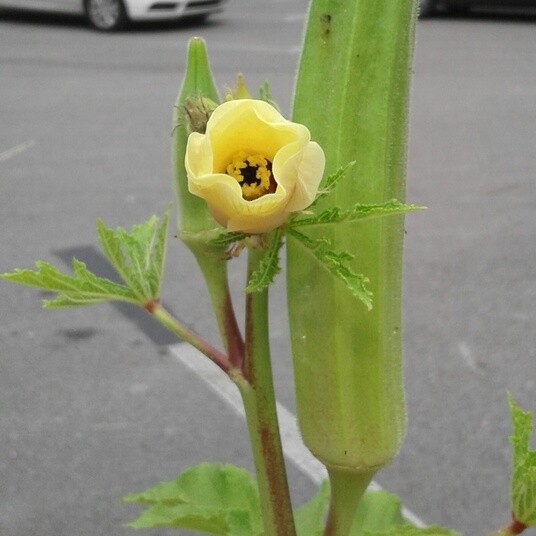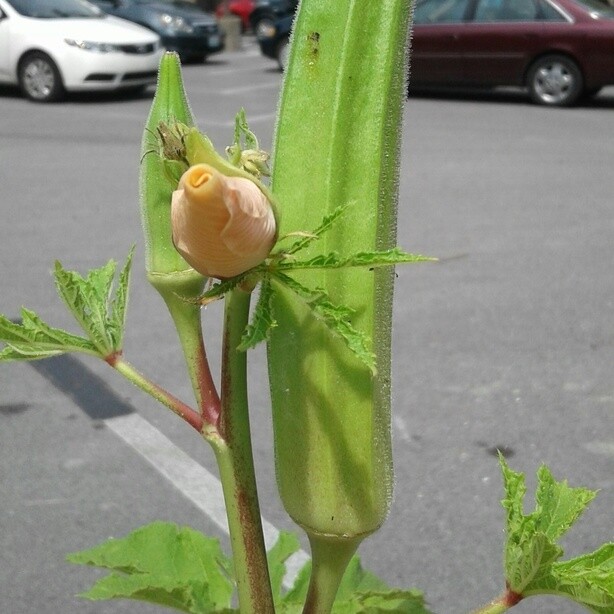After a lot of hype and wind up, the solar eclipse finally came and went this week. So now, onto the analysis of how animals and plants were affected.
Some of that data was collected through an app created by the California Academy of Sciences in San Francisco. It's called iNaturalist, and it received over 2,500 observations during the eclipse. They included:
Over 380 species– Such as dogs, cats, cows, deer and chickens. There were also many types of other birds from hummingbirds to crows to turkeys. Reptile observations were also submitted, including lizards, turtles, and frogs. Insects too, like crickets, bees, butterflies and spiders.
More than 600 participants–In three countries! There were participants in Canada and Mexico in addition to all across the U.S.
Not all animals, plants and insects seemed to respond to the eclipse, even if they were in the path of totality, but many of them did.
Elise Ricard supervises public programs for the museum. She's been poring over the data all week and she joined Libby Denkmann to share what it discovered.
Biggest surprise? The Okra flower

"There were a lot of cases, where we do have a few photos of flowers either beginning to close or in the case of the Okra plant actually closing up.
...Some of the plants, especially along the path of totality, might have been more sensitive. Because they are experiencing some very specific environmental triggers."
To listen to the full segment, click the blue play button above.






